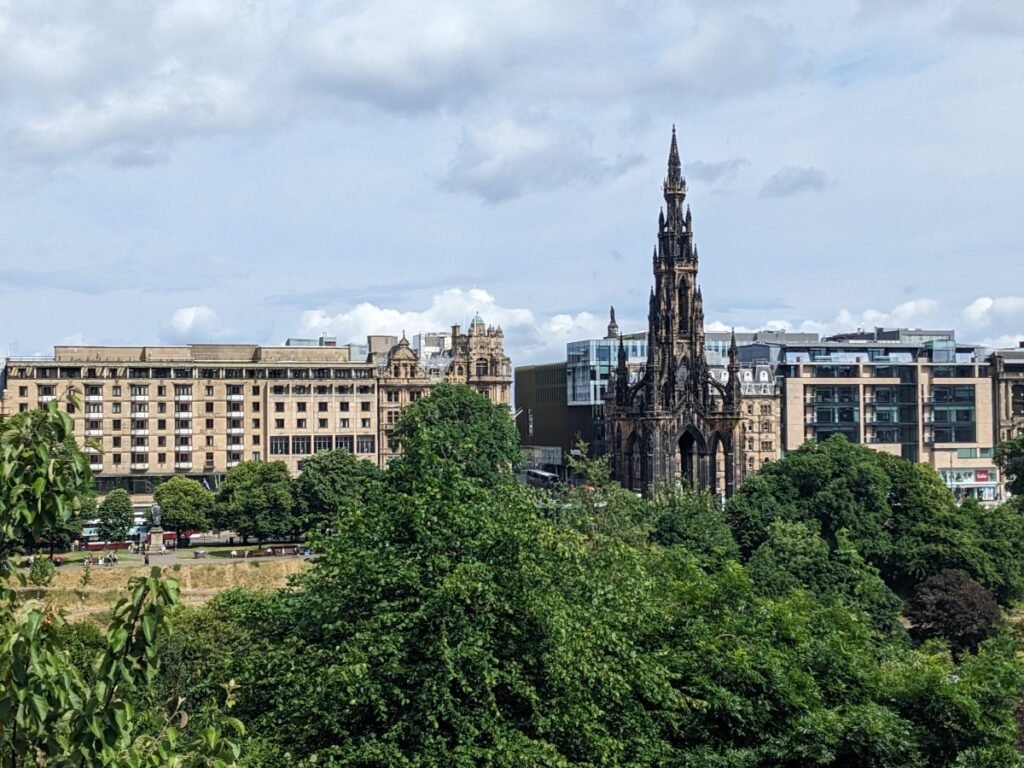6th March 1844
Scott Monument architect drowns in the Union Canal
George Meikle Kemp was born in Lanarkshire but moved around in his childhood as his father’s work as a shepherd took the family from place to place. He followed in his father’s footsteps before becoming a teenager, but he later proved himself to be a competent amateur engineer. On the strength of this, he returned to education, and was later apprenticed before travelling in both France and the UK where he developed his love of Gothic architecture.
Returning to Scotland, he submitted designs for several buildings, but his lack of formal training meant his work was often passed over. However, his break came in 1836 with a competition to design a memorial for Edinburgh to author Walter Scott, who had died four years earlier.

Monument commissioned
He submitted an entry under a pseudonym, and came third. However, the committee invited revisions and another round of entries and, on this second attempt, Kemp’s design was placed first. Kemp oversaw much of the construction work himself, but would never live to see it completed.
The foundation stone was laid in 1840 and, by 1844, it was nearing the point of completion when Kemp was drowned in the Union canal. His body wasn’t discovered until 18 March, still in the water. On 20 March, Edinburgh publication The Witness reported that Kemp “was last seen at the house of Mr Lind, contractor for the monument, on whom he had called to arrange about the progress of the works. It is supposed that, on his return home to Morningside, he had taken the way by the banks of the Canal, and that the night being dark, he had stumbled into the water at the place where he was found – an open and dangerous point beside Lochrin Distillery.”

Death mystery
Nobody knows how he ended up in the water, but his death was a cause of great public upset, with more than 400 officials and locals forming a procession in his honour on the day of his funeral.
The Kelso Chronicle of 29 March reported that the committee that had commissioned the Scott Monument had considered interring Kemp’s body in the vault below the monument itself, which had been intended to be Scott’s resting place, but were unable to pass such a decree. Thus, he was buried in St Cuthbert’s Churchyard, facing his then incomplete monument.
